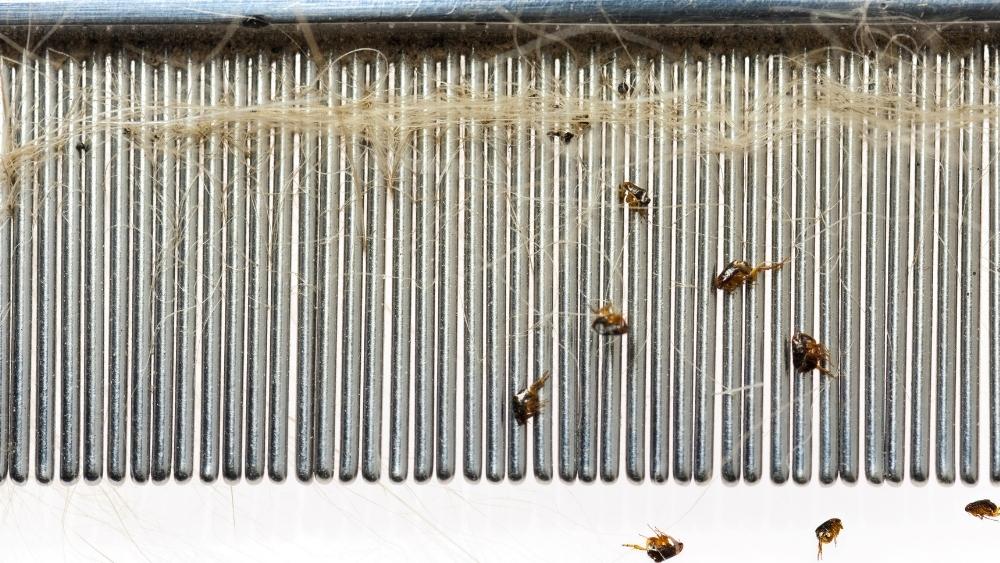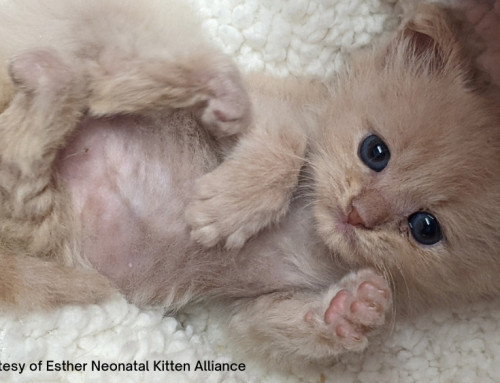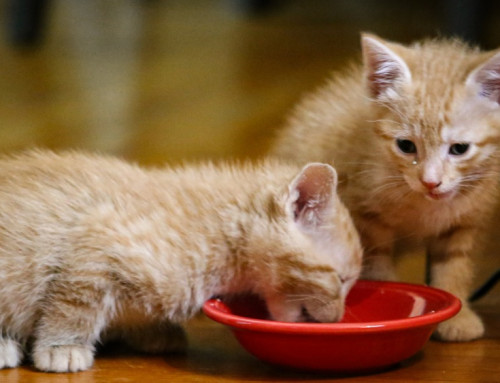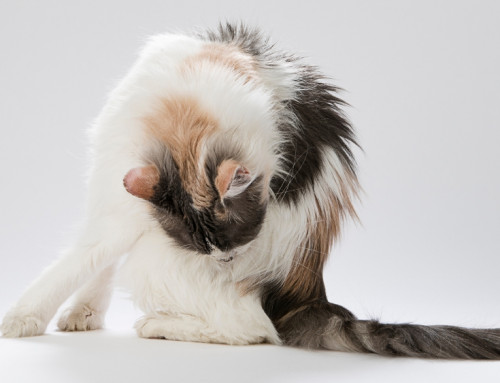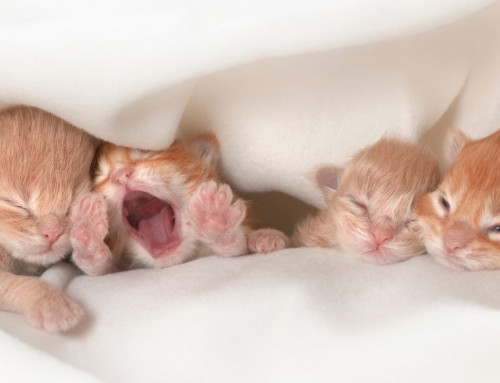Share this resource or email it to a friend!
In parts 1, 2 and 3 of this series on Critical Care for Kittens, we discussed the dangers of hypothermia, hypoglycemia and dehydration. Here in part 4 of this series, we’ll discuss anemia. This condition occurs when a kitten’s body does not have enough healthy red blood cells.
Anemia can be deadly if untreated, especially in kittens under 4 weeks of age. Flea infestations are common problems in kittens and may cause anemia because adult fleas feed on blood through a kitten’s skin.
Physical signs of anemia include:
- Pale gums
- Lethargy and weakness
- Increased heart rate
- Lack of appetite
- Weight loss
As mentioned, adult fleas feed on blood; the resulting flea “dirt,” their excrement, looks like black pepper and turns red or rusty colored when moistened with water. A flea comb can be helpful to detect fleas or flea dirt on kittens. However, a flea comb may not reliably determine the extent of the fleas.
Be aware that many over-the-counter and prescribed flea treatments are not made for use on kittens, especially neonates. The best way to remove fleas from kittens, as long as there are no open wounds and kittens are otherwise stable (not hypothermic, hypoglycemic or dehydrated), is to bathe them (see Resources below).
A veterinarian will have to determine the safest way to remove fleas if a kitten is too sick to tolerate the stress of a bath, too small or too young for flea control products or needs medical treatment.
In addition to ridding kittens of fleas, safe products must be used, often repeatedly, on mom cats, carpets, bedding, toys and other objects that may harbor flea eggs, larvae and adult fleas.
Intestinal parasites may also cause anemia by feeding on a kitten’s blood. They may cause vomiting, diarrhea and dehydration, and these conditions weaken kittens and make them susceptible to viral and bacterial infections and diseases. That’s one reason why animal shelters, rescue groups and veterinarians routinely “deworm” kittens and treat them for common internal and external parasites.
Be sure to read parts 1, 2 and 3 discussing hypothermia, hypoglycemia and dehydration in this series on Critical Care for Kittens. The more you know about kittens, the better you’ll be able to care for them.

